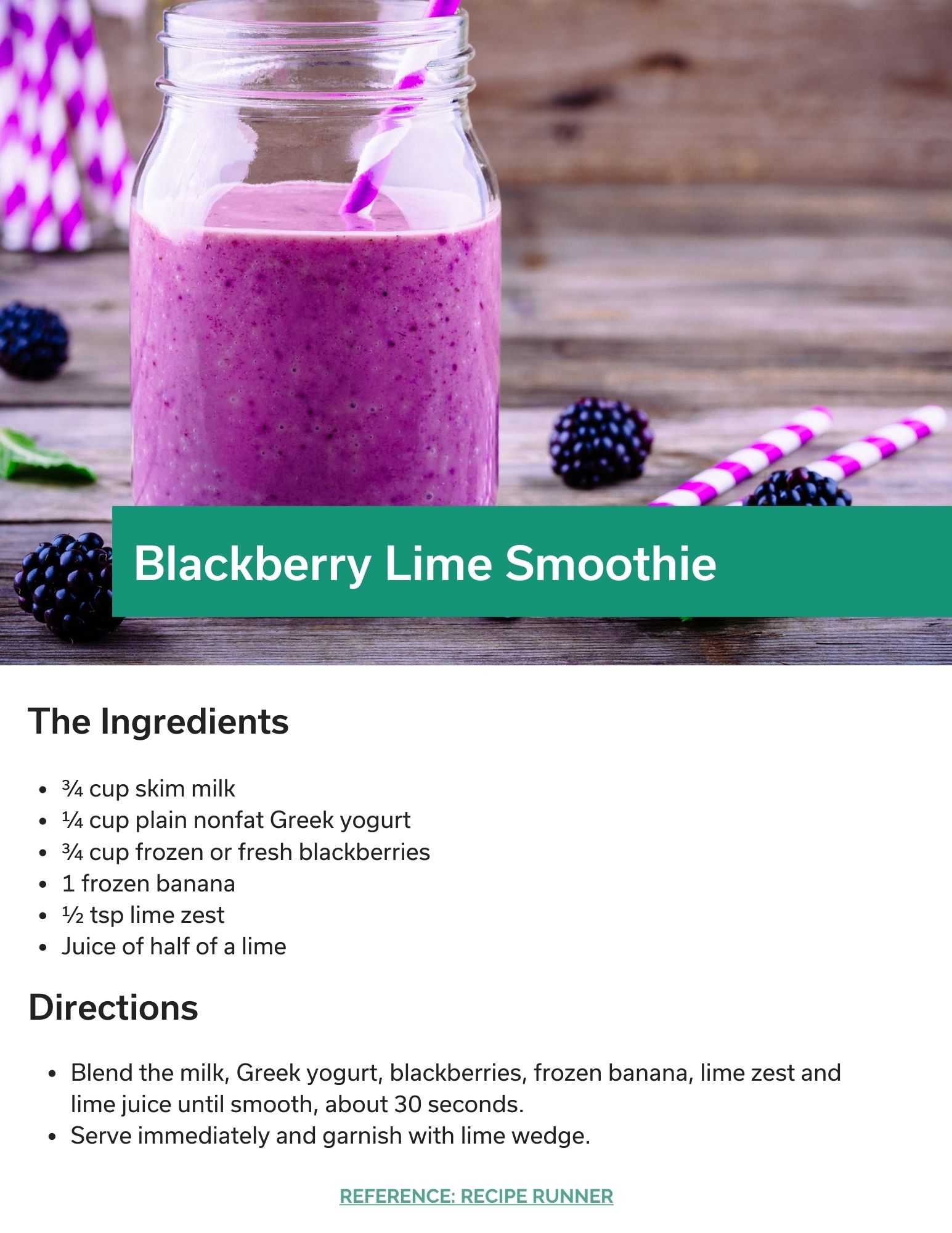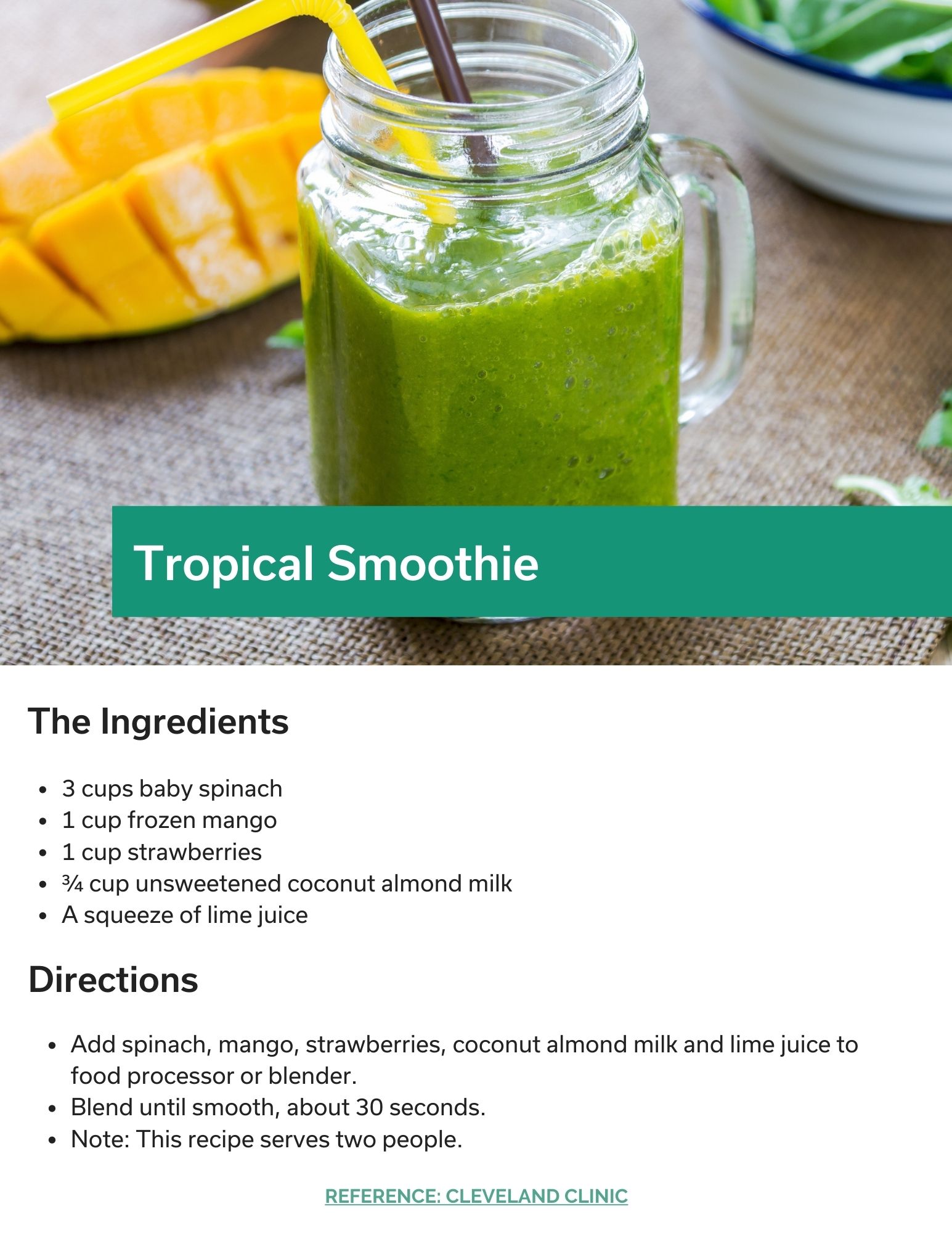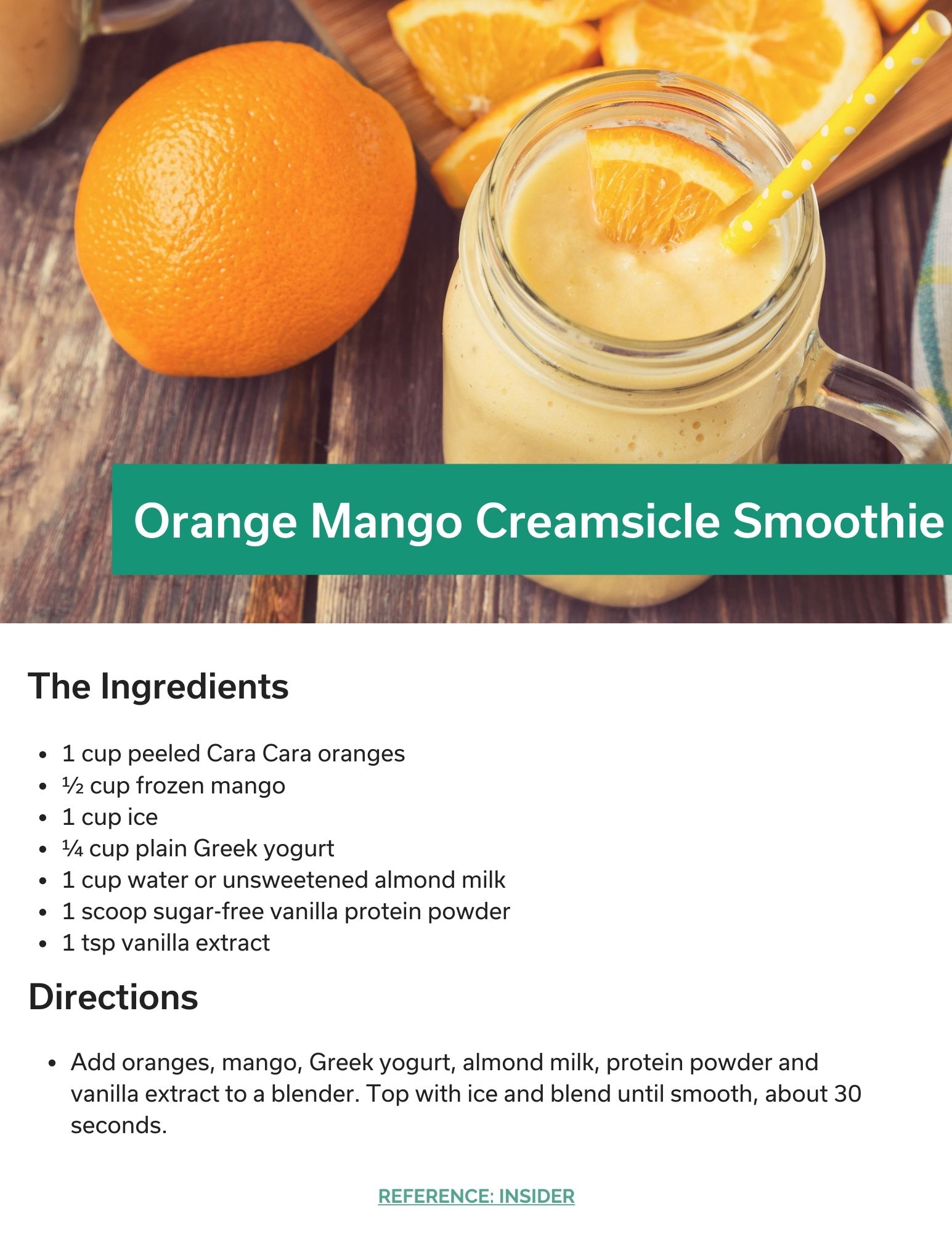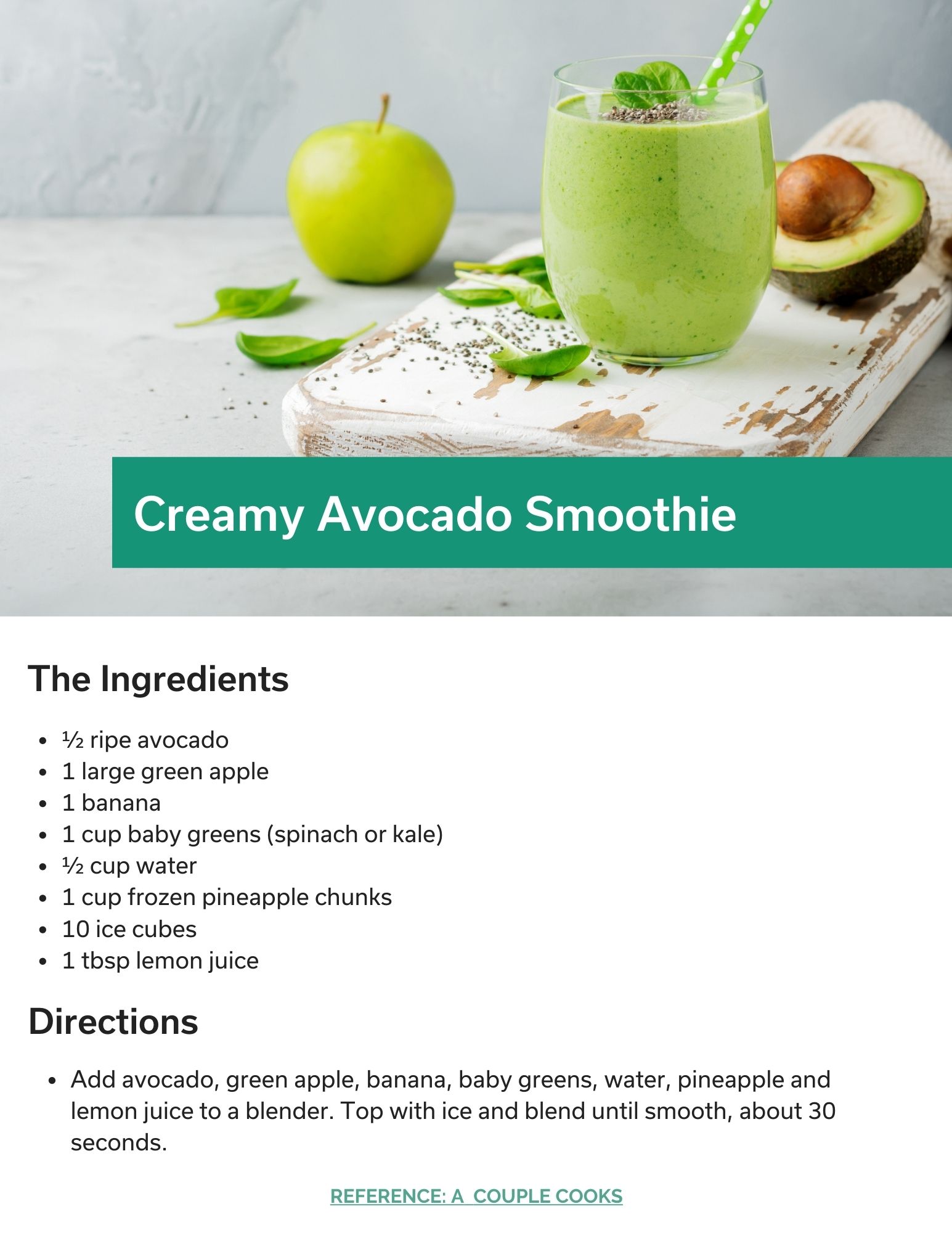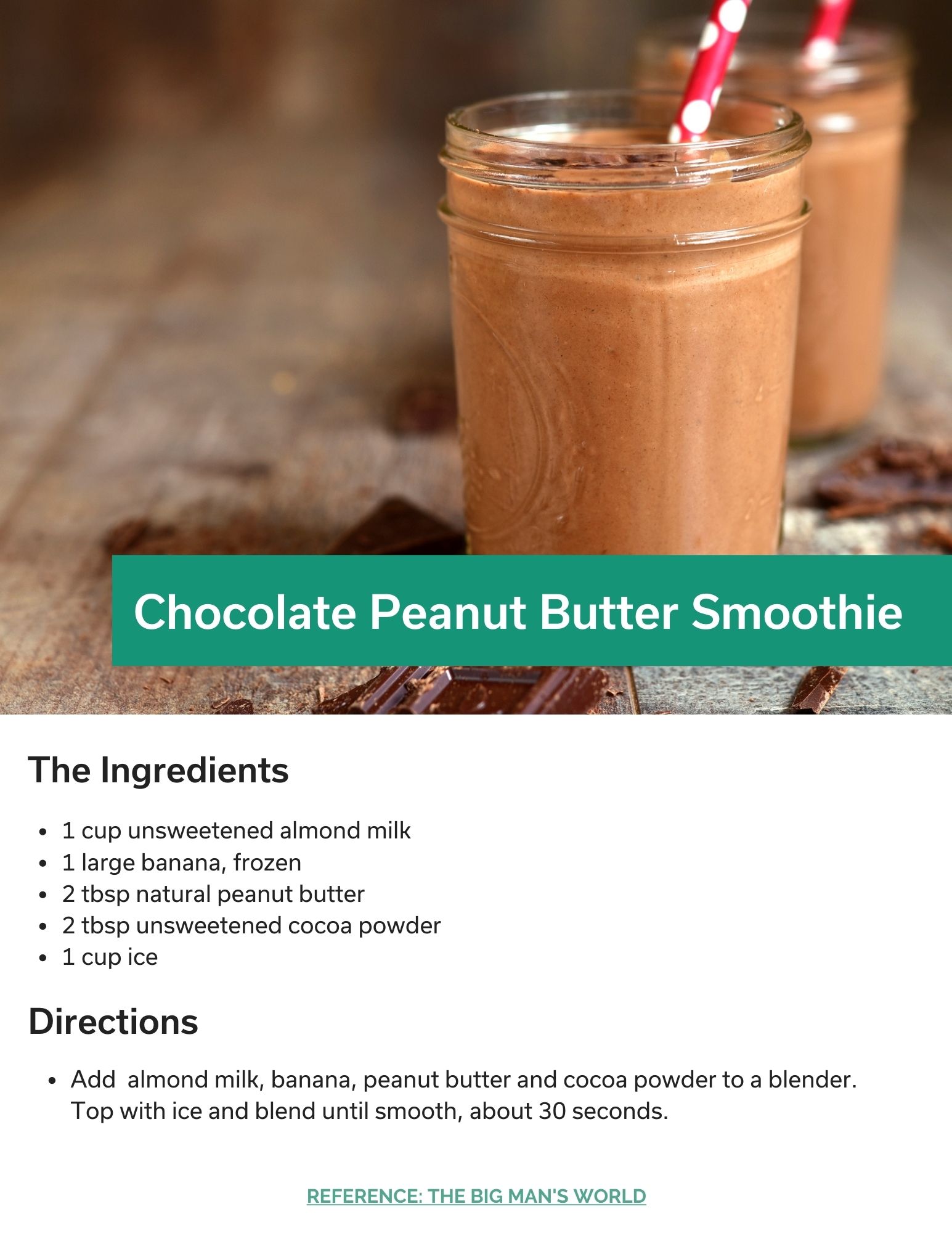Smoothie Recipes: How to Make Healthy Options at Home
Posted in

The concept of a smoothie is straightforward – throw some fruits and veggies in a blender, add a liquid and toss in some ice. Sounds healthy, right? Not always. What started as a cold concoction for health food connoisseurs has now evolved into a mainstream meal replacement option with endless ingredients, many of which can add unnecessary calories to your diet. Here’s what you need to know about smoothies, including what to include to make them healthy and which ingredients to leave out.
What is a smoothie?
A smoothie is a thick, blended beverage with fruits and vegetables. Although it closely resembles a milkshake, the use of fruits and vegetables (compared to ice cream or milk) is what sets a smoothie apart from the popular dessert treat.
The smoothie’s place in American culinary history coincided with the invention of the blender during the 1930s. At the time, the ingredient list was simple – fruit, fruit juice and ice.
It wasn’t until the 1970s when smoothies were commercialized with the opening of Smoothie King, a private smoothie company that mixed yogurt, protein powder, fruits and vitamins. By the 1980s and 1990s, the concept of smoothies was heavily marketed, appearing on grocery store shelves and at local coffee shops.
What to put in a smoothie?
There are three main components to a smoothie:
- A liquid (usually juice, milk or water)
- Fruits or vegetables
- Ice
From there, you can get creative with how you prepare your smoothie. Here is an overview of some of the most common ingredients to use.
Fruits
- Apple
- Banana
- Berries (blueberries, blackberries, raspberries, strawberries)
- Citrus fruits (Oranges, lemons, limes)
- Pear
- Stone fruits (apricots, mangoes, nectarines, peaches, plums)
- Tropical fruits (guavas, kiwis, passion fruit, papayas, pineapples)
Vegetables
- Beet
- Carrot
- Cucumber
- Kale
- Spinach
- Zucchini
Powders
- Protein powder
- Unsweetened cocoa powder
- Peanut butter powder
Liquids
- Milk
- Fruit juice (limit to ½ cup)
- Coconut water
- Non-dairy milk (almond, oat, pea, soy)
- Water
Non-dairy protein alternatives
Milk (8 grams of protein per cup) and greek yogurt (16 grams of protein per ¾ cup) boast proteins needed to build tissues and serve as an energy source. But whether it’s lactose intolerance or a milk allergy, not everyone can consume these popular smoothie ingredients.
As an alternative, here are three options that contain fat, fiber and protein that will give you energy and help you feel full:
- Nut butters (almond, cashew, hazelnut, pistachio, pecan, walnut)
- Chia seeds
- Flax seeds
How to make healthy smoothies
Liquids, such as smoothies, can also be a sneaky source of calories, as they don’t fill you up quite like solid foods and can be easily consumed in larger quantities.
Try to keep your smoothie around 300 to 400 calories – portion size is key in the difference between a healthy smoothie and a frozen drink that will expand your waistline.
When preparing your smoothie, place your liquid and fruits and vegetables in first. Ice goes in last to avoid taking up too much space in the blender.
Here are some tips to keep your smoothies healthy:
Limit fruit to 1 cup: Although fruits are healthy, they still have calories and natural sugars that can creep up on you. Be wary of overloading your blender with too much fruit, especially when using many different kinds.
Add a handful of greens: Kale and spinach contain dietary fiber that can help you feel fuller longer.
Low-fat liquids are your friend: Skim milk, coconut water and unsweetened almond or soy milk make for great options that don’t add too many calories.
Use Greek yogurt for added protein: Greek yogurt is a good source of protein for, although you should limit the serving size to no more than a cup. If you skip the yogurt, add unsweetened protein powder.
Boost flavors with spices: Ginger, turmeric, cinnamon and vanilla extract all add flavor without extra calories. Avoid sweeteners, especially those that may appear as healthy (maple syrup, honey, agave, coconut sugar, etc.)
Make it a full meal with fats: Fruits and vegetables are rich in vitamins and have antioxidant properties, but a smoothie that lacks proteins or fats may not keep you satisfied for long. Throw in ¼ of an avocado, a tablespoon of your favorite nut butter or a tablespoon of flax seeds or chia seeds to get the most bang for your buck.
Recipes for healthy smoothies
Blackberry Lime Smoothie
Whether it’s strawberries and lemons or blueberries and lemons, berries and citrus tend to pair well together. For this smoothie, blackberries team up with limes to form a flavorful tandem. The addition of Greek yogurt for protein and frozen banana as a thickening agent round out this smoothie.
Tropical Smoothie
Don’t be turned off by the green color of this smoothie. Yes, the greens help fill you up, but spinach is mild enough to let the tropical flavors (mango and coconut) shine through. Add a squeeze of lime and this smoothie will remind you of the beach without feeling guilty.
Orange Mango Creamsicle Smoothie
Creamsicles are a quintessential summer treat, combining the citrusy flavor of orange with the sweet, creamy texture of vanilla ice cream. But there’s a reason they taste so good – they’re loaded with saturated fat and added sugars. This healthier smoothie version showcases Cara Cara oranges, which are naturally sweet, along with vanilla from sugar-free protein powder.
Creamy Avocado Smoothie
Known as the star in guacamole, avocados actually make for an ideal smoothie ingredient. For starters, they’re full of good fats, dietary fibers and vitamin C. Plus, they help create a smooth, velvety texture. The addition of bananas, pineapple and apple provide natural sweetness, while the baby greens (spinach or kale) add even more vitamins (vitamin A, vitamin C and vitamin K).
Chocolate Peanut Butter Smoothie
This recipe turns a fattening dessert treat (chocolate peanut butter shake) into a healthier, less guilt-inducing drink. Although it’s hard to mimic the real thing, unsweetened cocoa powder, vanilla almond milk and the frozen banana help form a chocolatey mixture, while the peanut butter adds fat and flavor. For even more of a peanut butter punch, you can also add a scoop of peanut butter powder.
Answering common questions about smoothies
If you’re new to the smoothie scene, we compiled several common questions about making and storing smoothies.
How long do smoothies last in the fridge?
When making a large batch of smoothies, you can store them in the refrigerator for up to two days. You can also freeze them for several months.
Why is my smoothie so foamy?
After blending your smoothie, you may notice foam on the top layer of your drink. This foam comes from insoluble fibers found in many fruits and vegetables. These fibers don’t dissolve in water and instead remain separated. There’s nothing wrong with this foam, however. Insoluble fiber adds bulk to your stool to help it pass through your intestines.
Can you make smoothies in a food processor?
Just because you may not have a blender doesn’t mean you can’t still make a smoothie. A food processor will work just fine to blend up your ingredients.
How to make a smoothie thicker
There are many ways to create a thicker smoothie. The easiest way is to freeze your fruit or buy it prepackaged in the frozen foods section of your local grocery store. Fruits high in soluble fiber, such as bananas, mangoes, peaches and avocados, act as natural thickeners. When broken down, the soluble fiber mixes with water to form a gel-like consistency.
You can also add grains (oats) or seeds (flax seeds/chia seeds) to add texture. These ingredients are also full of soluble fiber. For flax seeds and chia seeds, soak them in water beforehand to help activate the starches.
For more healthy living tips and information on wellness trends, visit the INTEGRIS Health For You blog.

